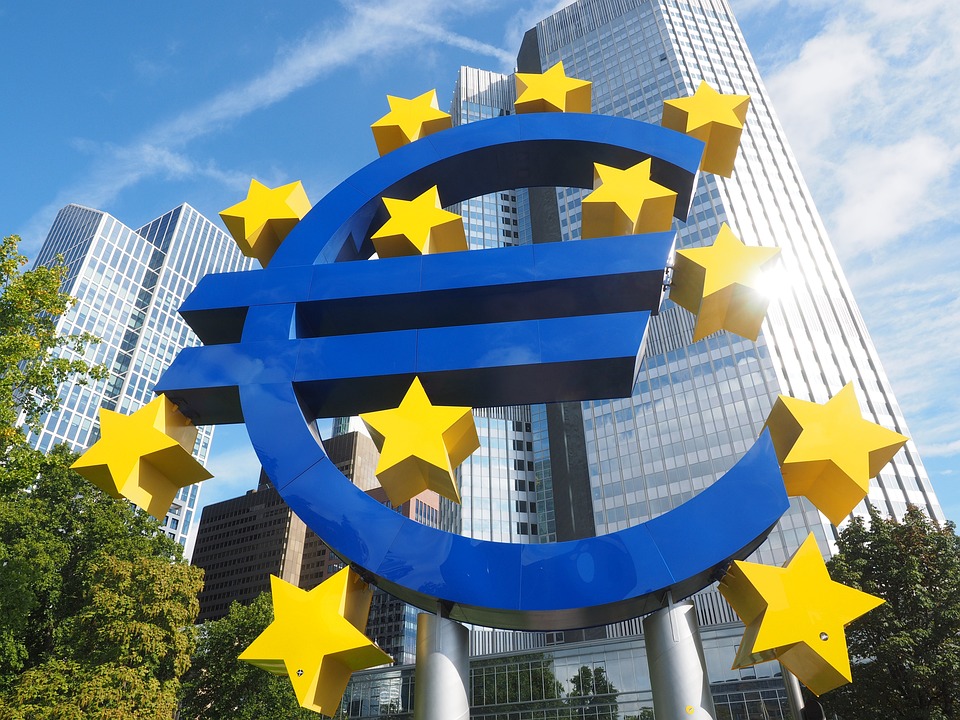Central banks, monetary tightening, war, China and the energy transition will mark the year.
The year 2023 will start in a stagflationary environment in which the main questions for the major economies will be the extent and duration of the recession and the pace of inflation deceleration. This highly unusual context creates great uncertainty and suggests that there will be twists and turns throughout the year.

CRACKS IN THE FINANCIAL PIPELINE AS MONETARY TIGHTENING CONTINUES
High inflation, a resulting recession in the Eurozone and tighter financial conditions are causing cracks in the financial pipeline. Bond volatility remains high – even though it has peaked – liquidity is low, even among the most liquid assets such as U.S. Treasuries, while the lack of high-quality collateral has increased, particularly in Europe. Banks will suffer from increased provisioning requirements. Fortunately, they are much better capitalized than they were just before the great financial crisis and higher yields are helping. But greater vulnerabilities may be lurking in the non-bank sector. The sharp rise in UK bond yields in September as well as the FTX crash in the cryptocurrency sector have revealed some fragilities, while emerging markets are exposed to the continued strength of the US dollar. As central banks enter more restrictive territory and the European Central Bank (ECB) joins the wave of quantitative tightening, they will need to move cautiously to avoid destabilizing markets.
WHEN WILL CENTRAL BANKS PIVOT?
Determined to control inflation through initial tightening, central banks are still showing their teeth. After back-to-back sharp hikes of 75 bps, the Federal Reserve and ECB are expected to slow the pace of tightening in December. However, a policy reversal still seems a long way off, as central banks believe that “moderately excessive” tightening is less risky than stopping the hikes prematurely. Short rates are not expected to peak until the end of the first quarter, once central banks have seen a (slow) slowdown in inflation, a slowdown in the US labor market, expectations of lower inflation and the start of a recession (mild in the US, more visible in the Eurozone) after several successive hikes. The risks of an early pivot would come mainly from instability in the financial markets.
WAR IN UKRAINE AND THE ENERGY TRANSITION: A SHORT-TERM BRAKE, BUT A LONG-TERM GAS PEDAL
Europe is trying to find alternatives to Russian oil and gas imports. It has restarted coal-fired power plants, increased imports of liquefied natural gas (LNG) and encouraged the development of new gas fields in Africa. This is clearly a blow to the desired reduction in greenhouse gas emissions in the short term and a major drag on the eurozone’s competitiveness and growth in the short term. But in the long term, the shock should accelerate the energy transition to nuclear and other renewable energies. The need to limit exposure to future geopolitical shocks is one more reason for more diversified and clean energy production.
REORGANIZING THE WORLD ORDER
Russia’s invasion of Ukraine and rising tensions between the United States and China – particularly over Taiwan – will have profound economic and commercial implications. As the risk of supply chain disruptions increases, countries and companies will re-evaluate the trade-off between efficiency and security, beyond the energy issue. Relocation to the country of origin or to countries that are political allies (“friend- shoring”) will increase, risking to break international trade links by creating political blocs (democratic versus autocratic bloc). This will not only reshape capital flows, but will also require more investment and may dampen productivity. Increased military spending will add to the costs of the energy transition, creating new challenges in terms of debt sustainability and social stability: impossible challenges?
CHINA’S SLOW ECONOMIC RECOVERY
China’s economy has suffered from its “zero Covid” policy, a fragile real estate sector and a regulatory crackdown on the technology industry. Chinese authorities are showing cautious signs of policy change. But the pace of change will be slow. Low vaccination rates among the elderly make rapid reopening risky. Easing regulations may ease the severe strains in the real estate sector, but will not reverse the need for a structural downturn in the sector. Growing rivalry with the US will accelerate China’s ambitions to become less dependent on intermediate high-tech products and financial services, but copying knowledge and R&D will entail significant transition costs. China’s economy is expected to rebound from its poor performance in 2022 – but it too faces major challenges.
Vincent Chaigneau joined Generali Investments in August 2017 as Head of Research at Generali Insurance Asset Management. In his current role, he is in charge of a unit currently composed of 25 economists, strategists and credit/equity analysts based in Paris, Cologne, Trieste and Milan. Vincent joined the Generali Group after 24 years at Société Générale Corporate & Investment Banking in Paris, New York and London.
Generali Investments is part of the Generali Group established in 1831 in Trieste, a leader in the insurance and asset management sectors. With 583.4 billion euros of assets under management as of December 31, 2021 and more than 1,200 asset management experts, Generali Investments is an ecosystem of asset management companies, offering a wide range of specialized expertise.
